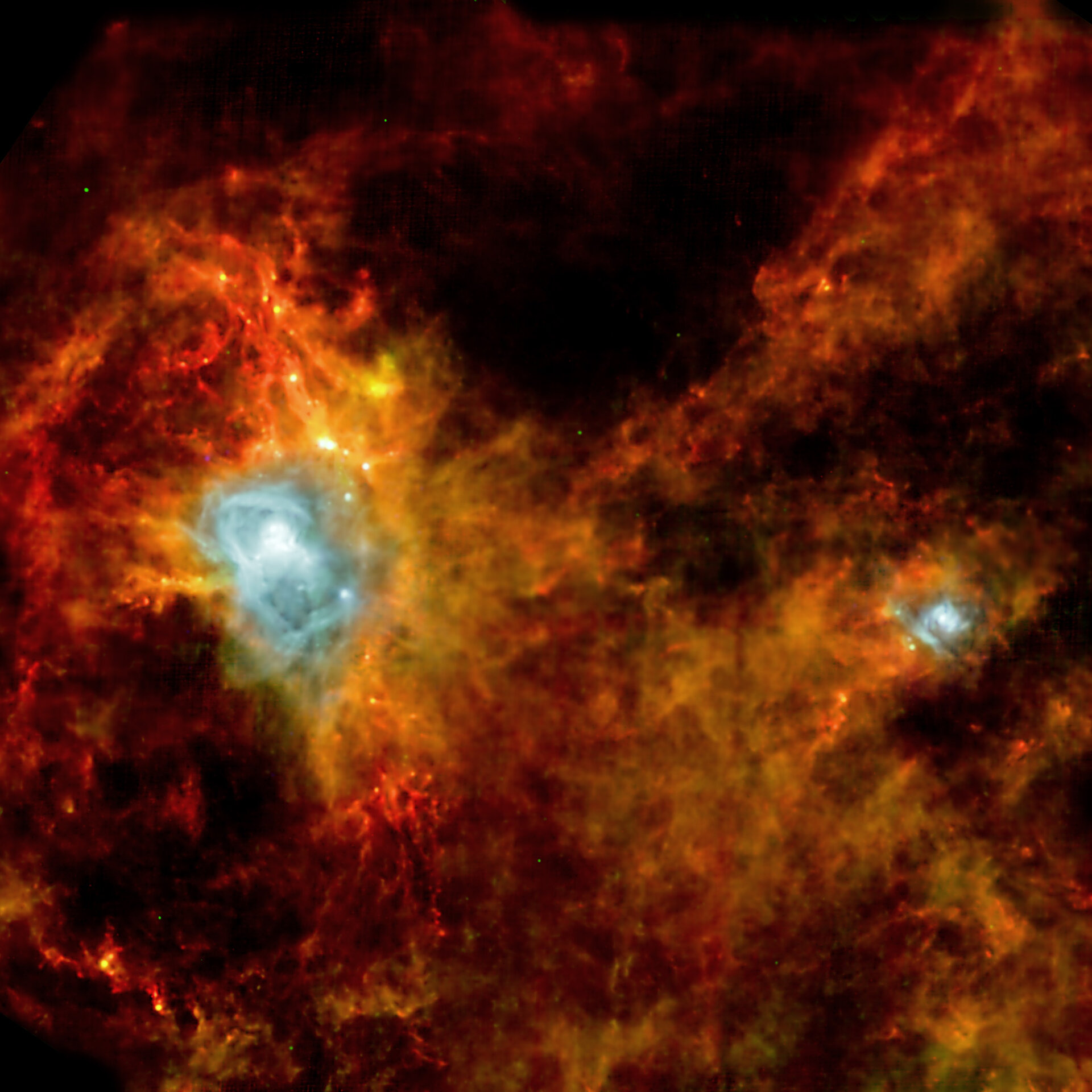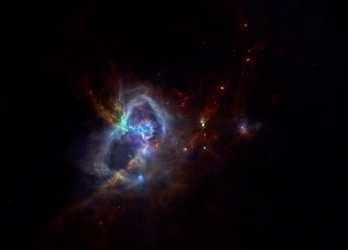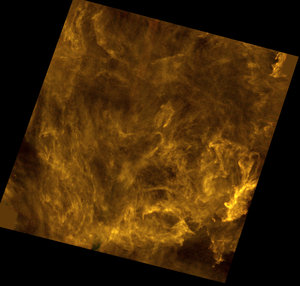Accept all cookies Accept only essential cookies See our Cookie Notice

About ESA
The European Space Agency (ESA) is Europe’s gateway to space. Its mission is to shape the development of Europe’s space capability and ensure that investment in space continues to deliver benefits to the citizens of Europe and the world.
Highlights
ESA - United space in Europe
This is ESA ESA facts Member States & Cooperating States Funding Director General Top management For Member State Delegations European vision European Space Policy ESA & EU Responsibility & Sustainability Annual Report Calendar of meetings Corporate newsEstablishments & sites
ESA Headquarters ESA ESTEC ESA ESOC ESA ESRIN ESA EAC ESA ESAC Europe's Spaceport ESA ESEC ESA ECSAT Brussels Office Washington OfficeWorking with ESA
Business with ESA ESA Commercialisation Gateway Law at ESA Careers Cyber resilience at ESA IT at ESA Newsroom Partnerships Merchandising Licence Education Open Space Innovation Platform Integrity and Reporting Administrative Tribunal Health and SafetyMore about ESA
History ESA Historical Archives Exhibitions Publications Art & Culture ESA Merchandise Kids Diversity ESA Brand Centre ESA ChampionsLatest
Space in Member States
Find out more about space activities in our 23 Member States, and understand how ESA works together with their national agencies, institutions and organisations.
Science & Exploration
Exploring our Solar System and unlocking the secrets of the Universe
Go to topicAstronauts
Missions
Juice Euclid Webb Solar Orbiter BepiColombo Gaia ExoMars Cheops Exoplanet missions More missionsActivities
International Space Station Orion service module Gateway Concordia Caves & Pangaea BenefitsLatest
Space Safety
Protecting life and infrastructure on Earth and in orbit
Go to topicAsteroids
Asteroids and Planetary Defence Asteroid danger explained Flyeye telescope: asteroid detection Hera mission: asteroid deflection Near-Earth Object Coordination CentreSpace junk
About space debris Space debris by the numbers Space Environment Report In space refuelling, refurbishing and removingSafety from space
Clean Space ecodesign Zero Debris Technologies Space for Earth Supporting Sustainable DevelopmentLatest
Applications
Using space to benefit citizens and meet future challenges on Earth
Go to topicObserving the Earth
Observing the Earth Future EO Copernicus Meteorology Space for our climate Satellite missionsCommercialisation
ESA Commercialisation Gateway Open Space Innovation Platform Business Incubation ESA Space SolutionsLatest
Enabling & Support
Making space accessible and developing the technologies for the future
Go to topicBuilding missions
Space Engineering and Technology Test centre Laboratories Concurrent Design Facility Preparing for the future Shaping the Future Discovery and Preparation Advanced Concepts TeamSpace transportation
Space Transportation Ariane Vega Space Rider Future space transportation Boost! Europe's Spaceport Launches from Europe's Spaceport from 2012Latest

Inside the dark heart of the Eagle
Thank you for liking
You have already liked this page, you can only like it once!
An unseen stellar nursery comes into view in this Herschel image. Some 700 newly-forming stars are estimated to be crowded into these colourful filaments of dust. The complex is part of a mysterious ring of stars called Gould’s Belt.
This image shows a dark cloud 1000 light-years away in the constellation Aquila, the Eagle. It covers an area 65 light-years across and is so shrouded in dust that no previous infrared satellite has been able to see into it. Now, thanks to Herschel’s superior sensitivity at the longest wavelengths of infrared, astronomers have their first picture of the interior of this cloud.
It was taken on 24 October 2009 using two of Herschel’s instruments: the Photodetector Array Camera and Spectrometer (PACS) and the Spectral and Photometric Imaging Receiver (SPIRE). The two bright regions are areas where large newborn stars are causing hydrogen gas to shine.
Embedded within the dusty filaments are 700 condensations of dust and gas that will eventually become stars. Astronomers estimate that about 100 are protostars, celestial objects in the final stages of formation. Each one just needs to ignite nuclear fusion in its core to become a true star. The other 600 objects are insufficiently developed to be considered protostars, but these too will eventually become another generation of stars.
This cloud is part of Gould’s Belt, a giant ring of stars that circles the night sky – the Solar System just happens to lie near the centre of the belt. For more than a hundred years, astronomers have puzzled over the origin of this ring, which is tilted to the Milky Way by 20º. The first to notice this unexpected alignment, in the mid-19th century, was England’s John Herschel, the son of William, after whom ESA’s Herschel telescope is named. But it was Boston-born Benjamin Gould who brought the ring to wider attention in 1874.
Gould’s Belt supplies bright stars to many constellations such as Orion, Scorpius and Crux, and conveniently provides nearby star-forming locations for astronomers to study. Observing these stellar nurseries is a key programme for Herschel, which aims to uncover the demographics of star formation and its origin, or in other words, the quantities of stars that can form and the range of masses that such newborn stars can possess. Apart from this region of Aquila, Herschel will target 14 other star-forming regions as part of the Gould’s Belt Key Programme.
-
CREDIT
ESA and the SPIRE & PACS consortia, P. André (CEA Saclay) for the Gould’s Belt Key Programme Consortia -
LICENCE
ESA Standard Licence

Herschel and Aquila

W40’s cradle of stars

Filamentary structures on large and small scales in…

Filamentary structures on large and small scales in…















 Germany
Germany
 Austria
Austria
 Belgium
Belgium
 Denmark
Denmark
 Spain
Spain
 Estonia
Estonia
 Finland
Finland
 France
France
 Greece
Greece
 Hungary
Hungary
 Ireland
Ireland
 Italy
Italy
 Luxembourg
Luxembourg
 Norway
Norway
 The Netherlands
The Netherlands
 Poland
Poland
 Portugal
Portugal
 Czechia
Czechia
 Romania
Romania
 United Kingdom
United Kingdom
 Slovenia
Slovenia
 Sweden
Sweden
 Switzerland
Switzerland
























